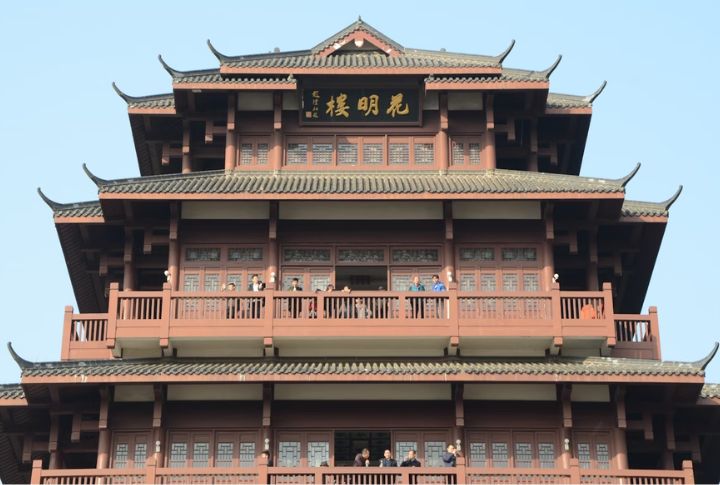
Ancient China was a hub of innovation, often far ahead of the rest of the world. Chinese people engineered solutions that would later reshape societies across the globe. This list highlights 20 of the most remarkable inventions that emerged centuries before similar developments elsewhere, laying the foundation for modern technology and science.
Paper

Without ancient China, you’d still be scratching notes onto bark. In 105 CE, court eunuch Cai Lun pulped rags and plants into sheets that reshaped bureaucracy, literature, and religion. You are using that legacy every day. It didn’t come from Europe. It came from Han intellect.
Printing
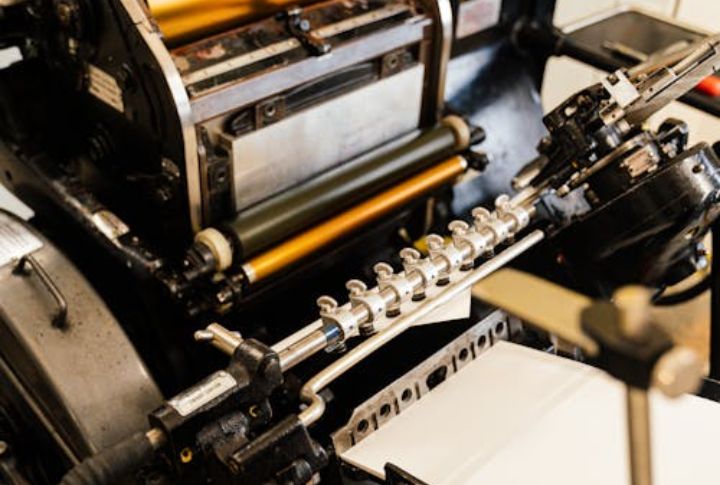
Do you think Gutenberg started it? No. China was copying texts 600 years earlier. By the 800s, Buddhist monks printed scrolls using carved wooden blocks, which were cheaper and mass-produced. That DIY ink system pushed ideas across empires before the “printing press” was even a phrase.
Seismograph
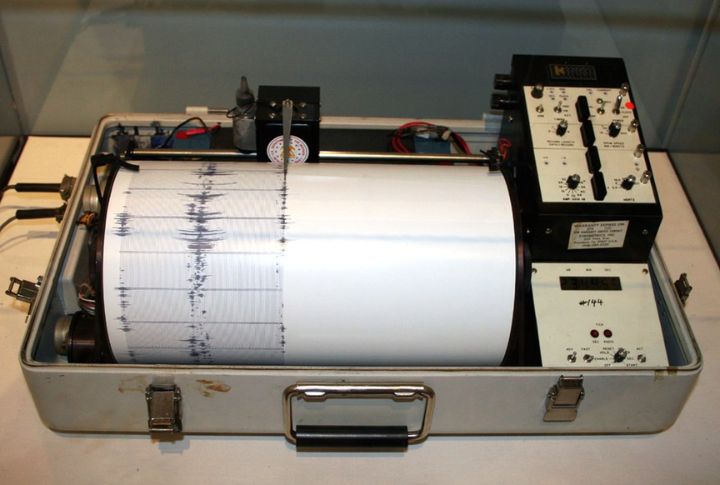
Zhang Heng didn’t just chart stars; he listened for earthquakes. In 132 CE, he engineered a dragon-headed bronze urn that dropped a metal ball when the ground shifted, even miles away. That’s seismology without wires or satellites.
Compass

Scratch the Columbus myth. The Chinese figured out magnetic direction centuries before any sailor in Spain picked up a map. As early as the 11th century, they used lodestone spoons on bronze plates to align with the true south. So, your GPS has ancient China to thank.
Iron Suspension Bridges
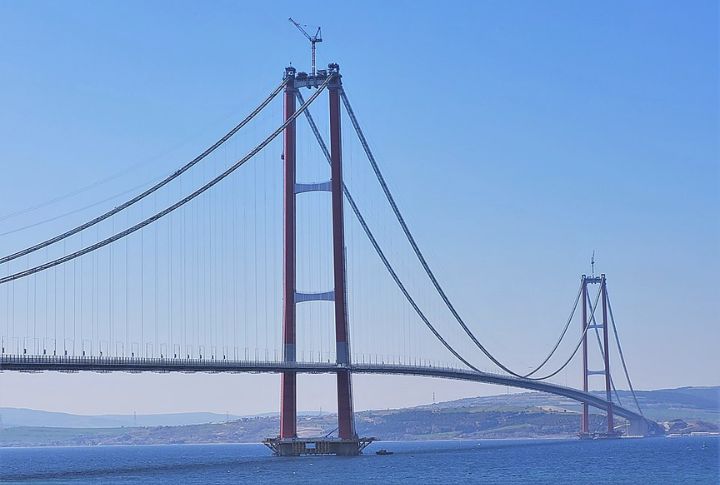
Chain bridges? China was swinging across rivers with iron-link spans in the 1st millennium CE. That tech didn’t roll into Europe until much later. No cement and bulldozers, just raw engineering instincts and physics that worked. After all, you don’t cross a canyon with guesswork.
Porcelain

Some people eat off of it, yet they don’t know where it started. In the Tang dynasty, potters used white clay and blazing hot kilns to craft porcelain that was fine enough for emperors and, later, for global trade. Europe raced to replicate it, eventually mastering the art centuries later.
Gunpowder

No fireworks are without fatal accidents. Ninth-century Taoist alchemists messed around with sulfur, saltpeter, and charcoal, and boom! They lit the fuse for grenades and rockets. Your celebrations include firecrackers because some monks had a volatile turn of events.
Wheelbarrow
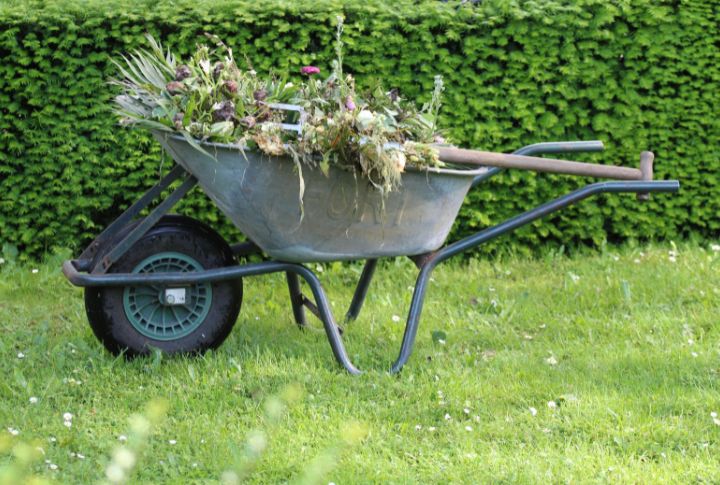
China’s wheelbarrow appeared in the 1st century CE. It wasn’t just a basic farm cart; it featured a centered wheel for perfect balance and power efficiency. Soldiers hauled gear; builders moved bricks—one wheel, infinite uses. And nobody even patented it.
Drilling Rigs
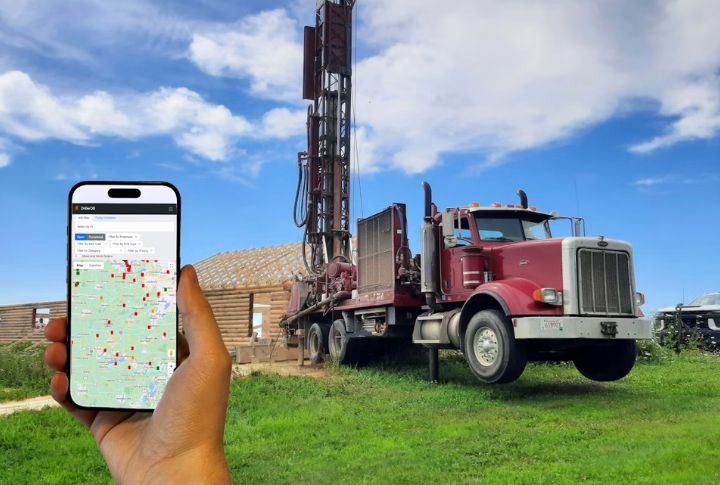
Bamboo rigs in Han China bored over 3,000 feet into the earth for brine. It happened some 2,000 years ago. This was deep-drilling tech without diesel. They used derricks and gas vents. An early method entirely on wood and ingenuity became the oil industry’s spiritual ancestor.
Water-Powered Bellows
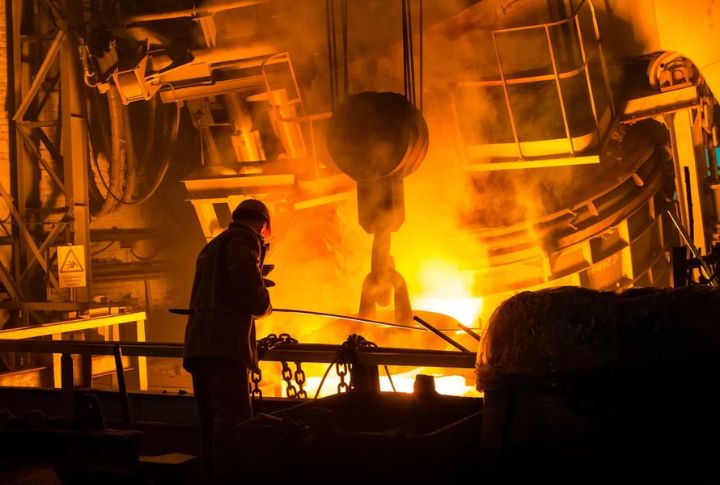
Need fire hotter than hell? Easy! Attach a waterwheel to the double-action piston bellows. That’s how Han metalworkers achieved furnace temps that Europeans didn’t match for centuries. Iron production surged, and smelters became factories. They didn’t just light fires; they turned rivers into power lines.
Paper Currency
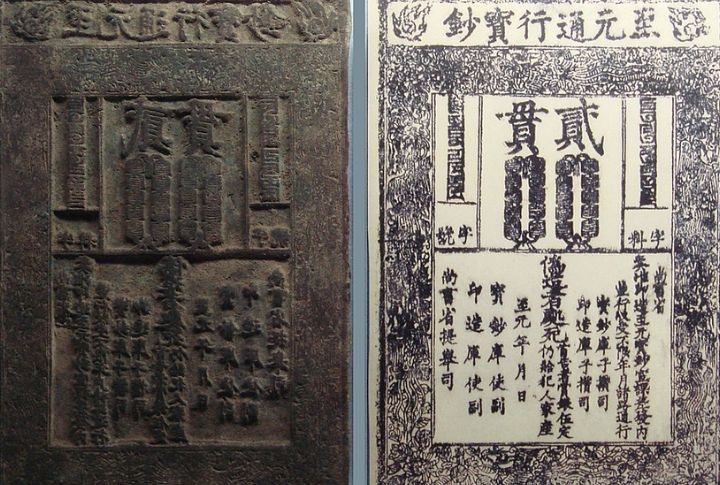
Carrying coins around was impractical, so merchants in the Tang dynasty started using IOUs, backed by the government, creating paper money. It moved faster than gold, making trade a breeze, which helped connect regions like never before.
Moldboard Plow
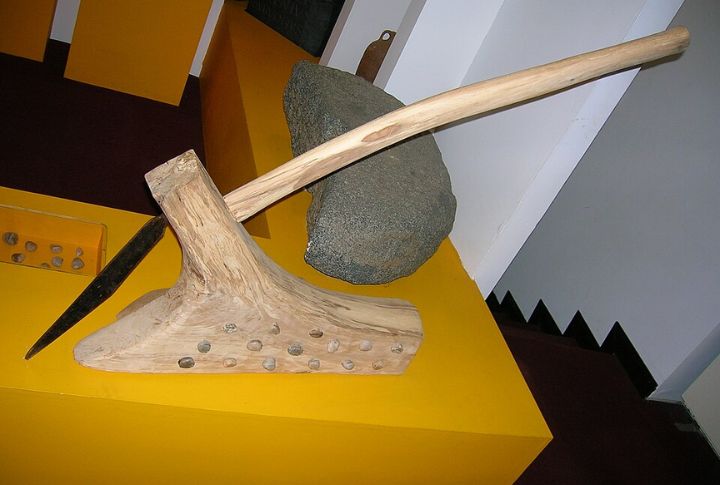
Breaking up soil was no easy task, but the Chinese did it better. By the 3rd century BCE, they introduced the cast-iron moldboard plow, which flipped dirt clean and sliced through roots. This allowed farms to scale up. The moldboard’s design revolutionized agriculture, setting a foundation for future farming innovations.
Mechanical Clock
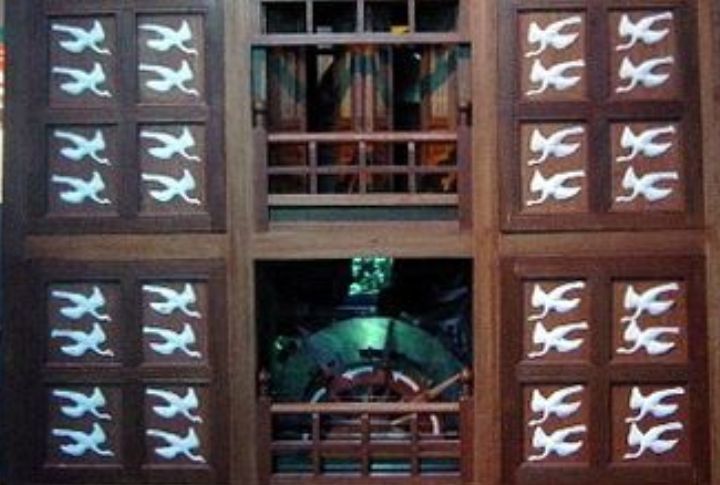
Forget about Big Ben. Su Song’s clock tower, constructed in 1092, stood 30 feet tall and used waterwheels, escapements, and rotating models of stars to keep time. Even bells rang, and gears clicked in perfect harmony—an example of cutting-edge science long before the 17th and 18th-century Enlightenment period.
Seed Drills
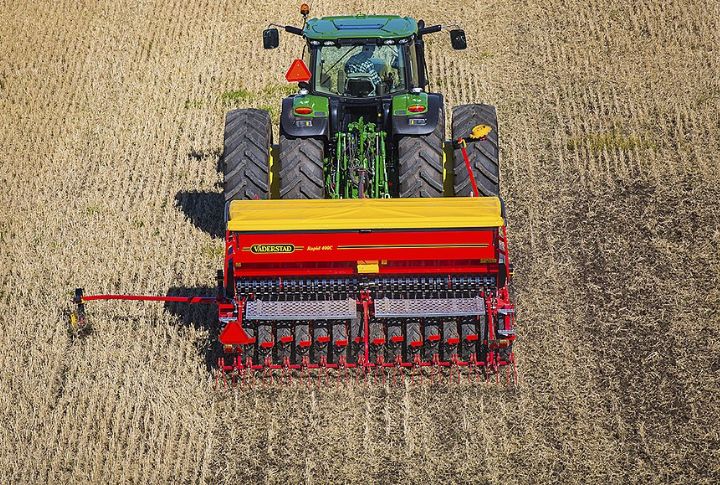
Ancient Chinese farmers didn’t scatter seeds by hand; they used multi-tube seed drills to plant in rows, which reduced waste by ensuring that seeds were evenly spaced and improved crop yields. This precision farming technique dates back to 2 BCE, influencing modern farming technology significantly.
Civil Service Exams

Interested in a government position? The test system started in China. In the 6th century, the Sui dynasty established merit-based exams requiring mastery of Confucian texts. Status wasn’t the only factor, as high scores also meant power. Modern standardized exams are a direct descendant of this system.
Repeating Crossbow

The Chinese repeating crossbow featured a top-mounted magazine and lever-action system, offering fast reloads and rapid fire. This semi-automatic system was both practical for peasants and precise for guards. Enemies feared its power, not because of brute strength but because of its efficiency.
Hydraulic Locks
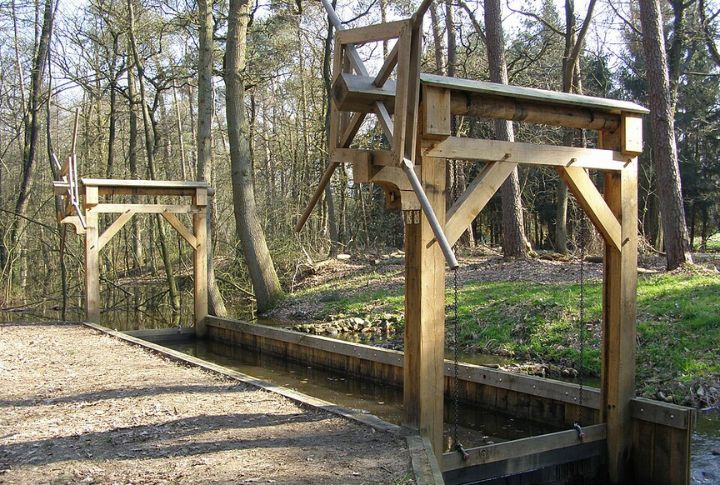
Song engineers of the country invented pound locks for canals, which lifted ships between water levels by sealing chambers and raising water with control gates. The design was smooth and effective. These locks appeared in Europe centuries later, long after China had made them a reality.
Seismic Architecture
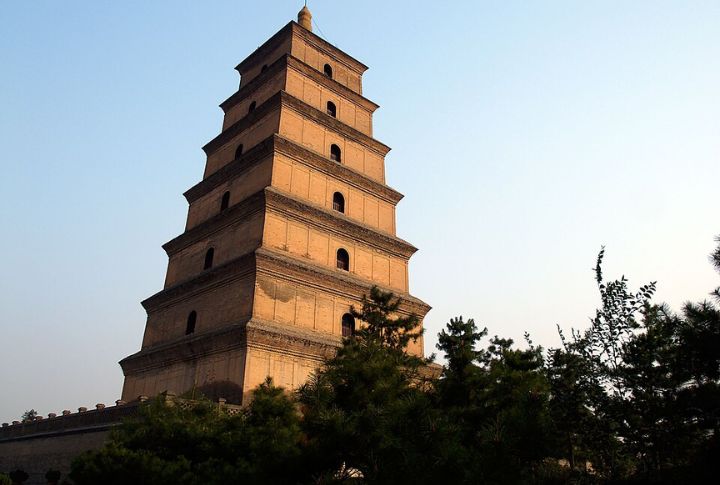
Pagodas might sway in the wind, but they rarely crumble. Thanks to flexible joints, wide bases, and weight distribution designed for movement, these structures were built to bend with earthquakes, not resist them. This principle was so advanced that it could be considered 1,000 years ahead of today’s earthquake-resistant designs.
Handheld Flamethrower
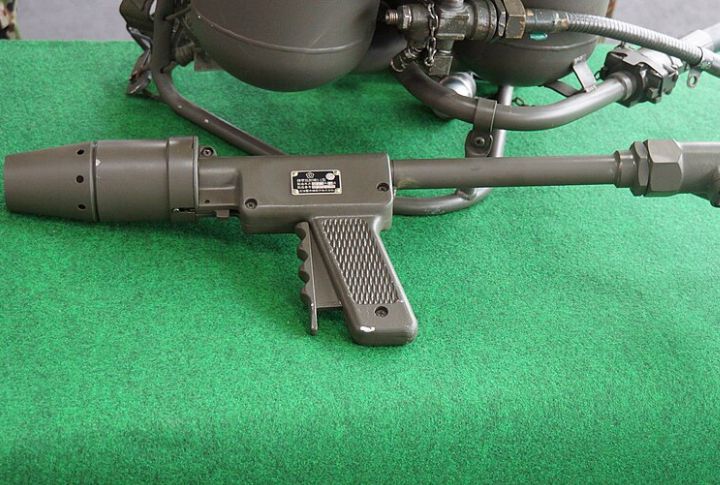
Battlefield Kites
By 919 CE, the Chinese military used a double-piston nozzle to fire bursts of burning oil. This wasn’t a waste weapon—it was field-tested, proven flame tech. Enemies didn’t just battle; they fled from the fire projected by teams armed with bamboo and determination.
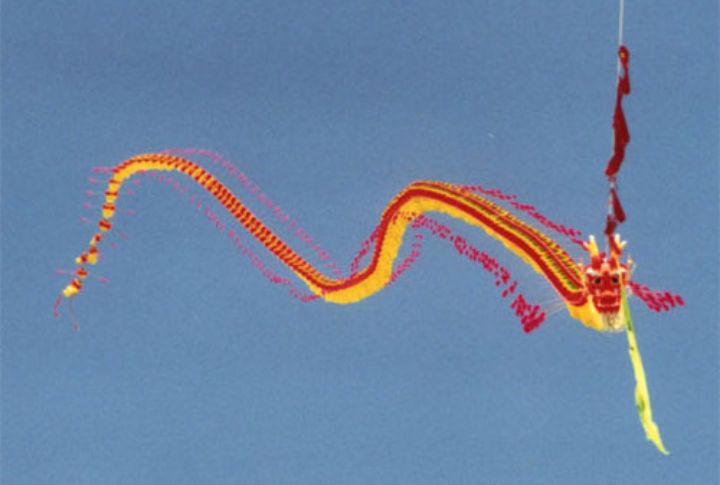
Sky surveillance started with fabric and string. Generals in ancient China used kites to signal troops and even frighten enemies with whistling wind tubes. One message aloft could turn the tide. Who needs a drone when a kite delivers the payload?

